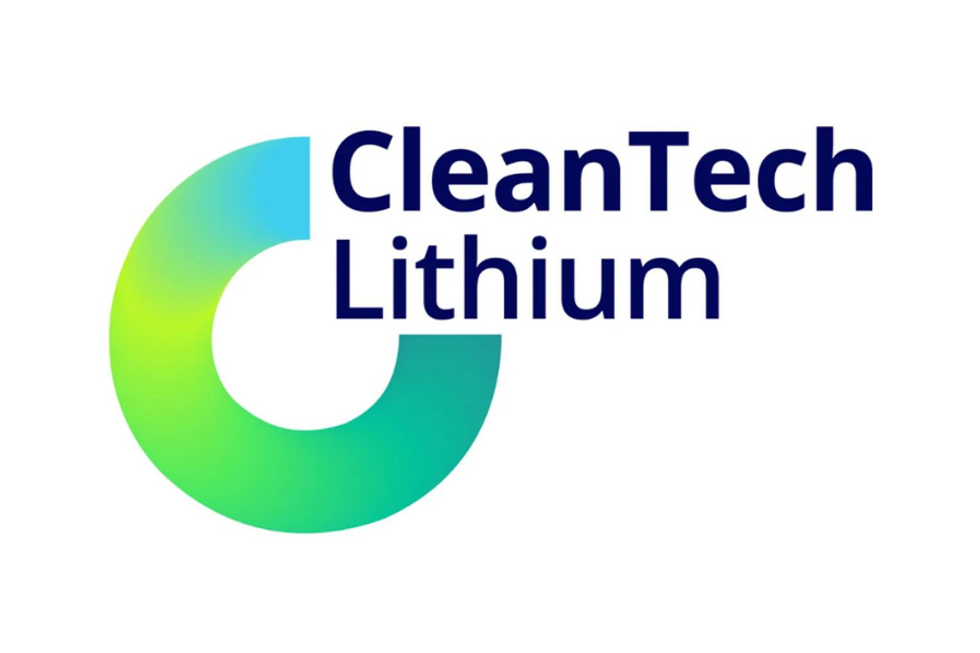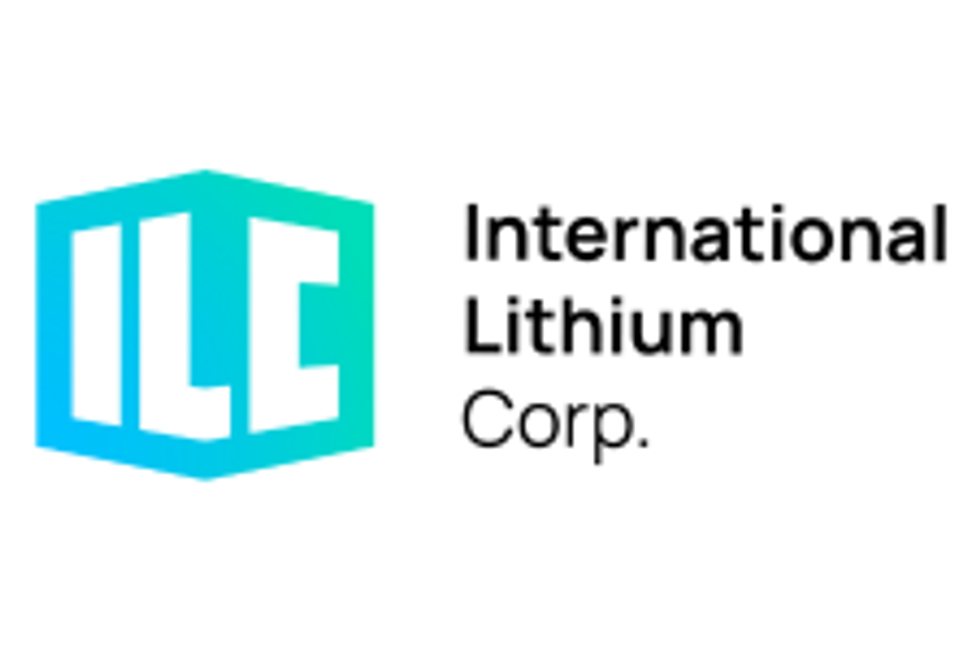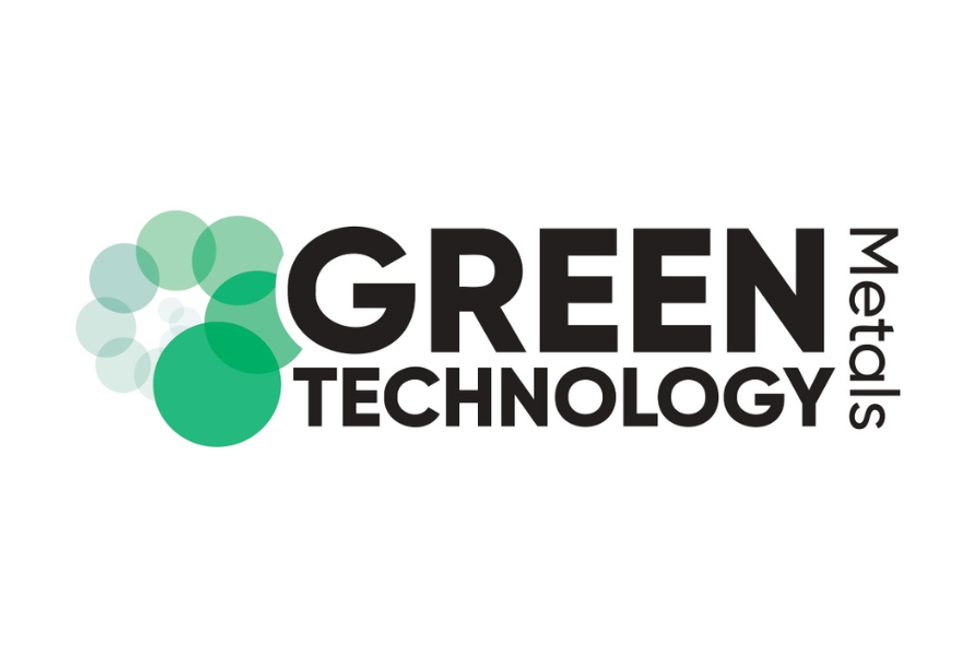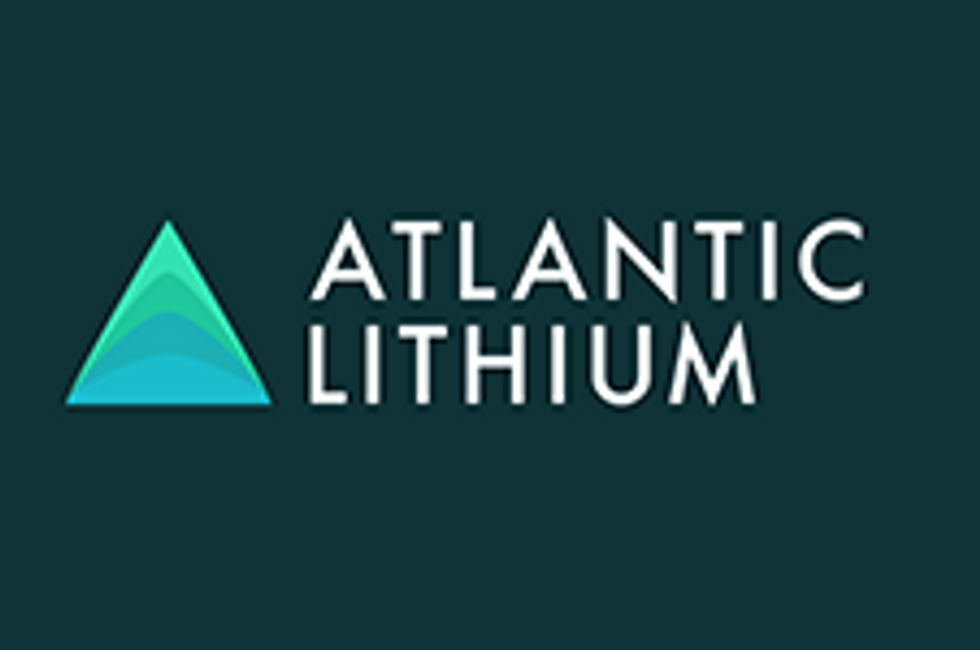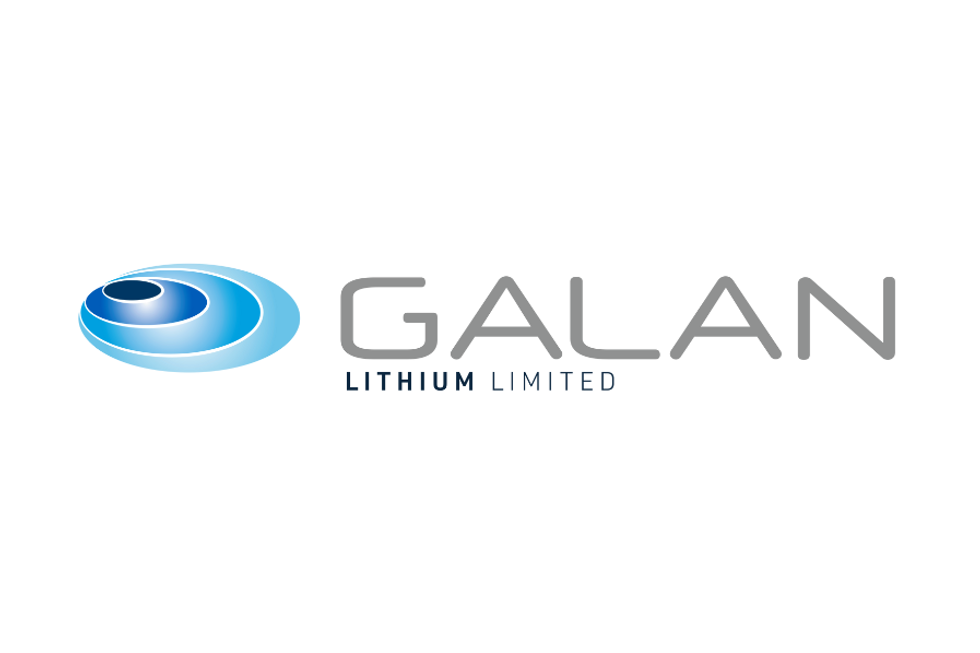How to Invest in Lithium Stocks and the Lithium Market
Sep. 04, 2025 02:00PM PST
The lithium market is attracting investor interest, but where is the best place to start? Here's a look at the basics, from supply and demand to stocks.

Golden Dayz / Shutterstock
Despite the current low price environment, the long-term demand for battery metals is robust and offers opportunity for those interested in lithium stocks.
Seasoned metals investors who want to look beyond gold and silver are getting involved, while new investors are being drawn in by expanding battery market and lithium supply deals between automakers and lithium producers.
Whatever the reason, it’s important to get familiar with the lithium market before investing in lithium stocks. Here's a brief overview of some of the basics, including supply and demand, prices and companies.
In this article
Where is lithium mined?
Lithium is found globally in hard-rock deposits, evaporated brines and clay deposits. There’s some contention as to which type of deposit is superior, but generally there are challenges and upsides for both.
The world’s largest hard-rock mine is the Greenbushes mine in Australia, and the bulk of the world’s lithium brine production comes from salars in Chile and Argentina.
Most large lithium reserves are in Chile, and the prolific “Lithium Triangle” spans Chile, Argentina and Bolivia. Australia was once again the world’s largest lithium producer in 2024, followed by Chile and China.
Canada and the US, ranked as the seventh and ninth largest lithium-producing countries, are increasingly becoming hotspots for lithium development and production as North American automakers seek to secure domestic supply sources.
What's the difference between battery-grade and technical-grade lithium?
Technical-grade lithium is used in ceramics, glass and other industrial applications, while battery-grade lithium carbonate and lithium hydroxide are used to make lithium-ion batteries. These lithium products can also be used for technical applications in a pinch, although battery-grade lithium fetches premium market prices over technical-grade. Those aren't the only classifications, though. Pharmaceutical grade lithium carbonate is used in medicine.
How is lithium priced?
Getting a look at lithium prices isn’t easy, and that can make it difficult for investors who are looking to assess the viability of a given project. Pricing in the lithium industry has always been opaque due to the dominance of a few major producers, with investors having very little pricing information they can trust.
Simon Moores of Benchmark Mineral Intelligence has emphasized that pricing can be difficult to grasp.
“The biggest myth surrounding pricing is, ‘What is the price of lithium?’ Because there is no one price,” the expert explained. “The newcomers want one lithium price, but the existing market has a wide range of lithium chemicals and then grades within a specification."
There are also distinct prices for lithium on markets in different regions, meaning lithium hydroxide in China will be priced slightly different than in Europe.
For those looking to invest in lithium who want to learn about lithium prices, it's best to read reports on lithium price trends from experts to help you understand what is happening in the market.
What factors drive the lithium market?
A major driver for the lithium market is its use in the lithium-ion batteries that power electric vehicles (EVs), energy storage systems, smartphones and laptops.
Global EV sales reached 17 million units in 2024, up 25 percent from the previous year, according to International Energy Agency (IEA) data. The figure represents more than 20 percent of all new cars sold worldwide.
Looking forward, EV sales are expected to increase by another 25 percent to surpass 20 million in 2025, amounting to about one-quarter of total new car sales for the year.
Tesla (NASDAQ:TSLA) with its Nevada-based gigafactory was the first carmaker to stoke excitement in the lithium space. However, advances in Chinese battery technologies, strategic pricing and government support led to Chinese EV maker BYD Company (HKEX:1211) overthrowing Tesla as the global EV market leader in sales for 2024. Elon Musk’s involvement in US politics has also damaged Tesla’s brand for both sides of the political spectrum.
The ascension of a Chinese automaker on the global EV stage doesn’t come as a surprise to most market insiders. The IEA is forecasting that China will see more than 14 million new EVs will be sold in 2025, representing 60 percent of all new cars sold in the country. Even more impressive, this figure is more than all EVs sold worldwide in 2023.
When it comes to the lithium batteries that power EVs, USEnergy Information Administration data shows that in 2023, “China controlled nearly 85% of the world’s battery cell production capacity by monetary value.”
In the US, the election of Donald Trump to a second term as president has cast a shadow over the North American EV market. On September 30, 2025, the Trump Administration is set to scrap the US$7,500 consumer tax credit for EVs offered under the Biden-era Inflation Reduction Act. Government incentives to purchase EVs has also evaporated in Canada, despite the mandate that by 2035, 100 percent of new vehicle sales must be zero-emission vehicles.
“North America, and in particular Canada, is experiencing a slowdown of EV sales in 2025. With Trump’s latest cuts in his ‘Big Beautiful Bill,’ the USA could struggle to see any growth in the EV market overall in 2025,” said Rho Motion Data Manager Charles Lester in a report published in mid-July.
Data centers and artificial intelligence technologies represent another key demand trend for lithium as they require significant investments in battery energy storage systems.
“Batteries are now essential — not just for EVs, but to balance power systems across sectors,” said Paul Lusty, head of battery raw materials at Fastmarkets, at Fastmarkets' Lithium Supply & Battery Raw Materials conference in June.
On the supply side, China has made a major push in recent years to expand its lithium mine production, leading to an oversupplied market. The resulting lithium price slump forced Australian lithium miners to stall development plans, curtail production and even place some operations on care and maintenance.
Fastmarkets has reported that China is set to surpass Australia as the world’s largest lithium producing country by 2026.
Lithium mine supply disruptions out of China are already having an oversized impact.
In mid-August 2025, Chinese battery giant Contemporary Amperex Technology (CATL) (SZSE:300750,HKEX:3750) confirmed it had suspended operations at Jianxiawo, one of the world’s largest lithium mines, after the mine’s permit expired on August 9 and the company failed to obtain an extension.
The news sent lithium spot prices higher as well as the stock values of ex-China lithium miners such as Lithium Americas (NYSE:LAC), Pilbara Minerals (ASX:PLS) and Mineral Resources (ASX:MIN).
How to invest in lithium stocks
So what's the best way to invest in lithium? How should investors interested in lithium stocks begin? To start, it helps to understand the lithium production landscape.
For a long time, most lithium was produced by an oligopoly of lithium producers often referred to as the “Big 3”: Albemarle (NYSE:ALB), Sociedad Quimica y Minera (SQM) (NYSE:SQM) and FMC. Rockwood Holdings was on that list too before it was acquired by Albemarle several years ago.
However, the list of the world’s top lithium-mining companies has changed in recent years. The companies mentioned above still produce the majority of the world’s lithium, but China accounts for a large chunk of output as well. As already discussed, the Asian nation is on track to become the largest lithium-producing country by 2026.
For now, the biggest producer continues to be Australia, which is home to many lithium mines, including up-and-comer Liontown Resources' (ASX:LTR,OTC:LINRF) Kathleen Valley operations.
The mine entered open-pit production during H2 2024, and the plant hit commercial production in January 2025. The company is currently transitioning Kathleen Valley from an open-pit to underground mining operation, making it the state of Western Australia’s first underground lithium mine.
In other words, lithium investors need to be keeping an eye on lithium-mining companies in Australia and other jurisdictions in addition to the New York-listed chemical companies that produce the material.
Of course, smaller lithium stocks are worth watching too — to find out which ones are currently thriving, check out our top global lithium stocks article. You can also check out our articles on the biggest lithium stocks globally, top performing Australian lithium stocks and top Canadian lithium stocks.
This is an updated version of article originally published by the Investing News Network in 2015.
Don’t forget to follow us @INN_Resource for real-time news updates!
Securities Disclosure: I, Melissa Pistilli, hold no direct investment interest in any company mentioned in this article.
NYSE:ALB
https://twitter.com/INN_Resource
https://www.linkedin.com/in/melissa-pistilli-865271a9/
mpistilli@investingnews.com

